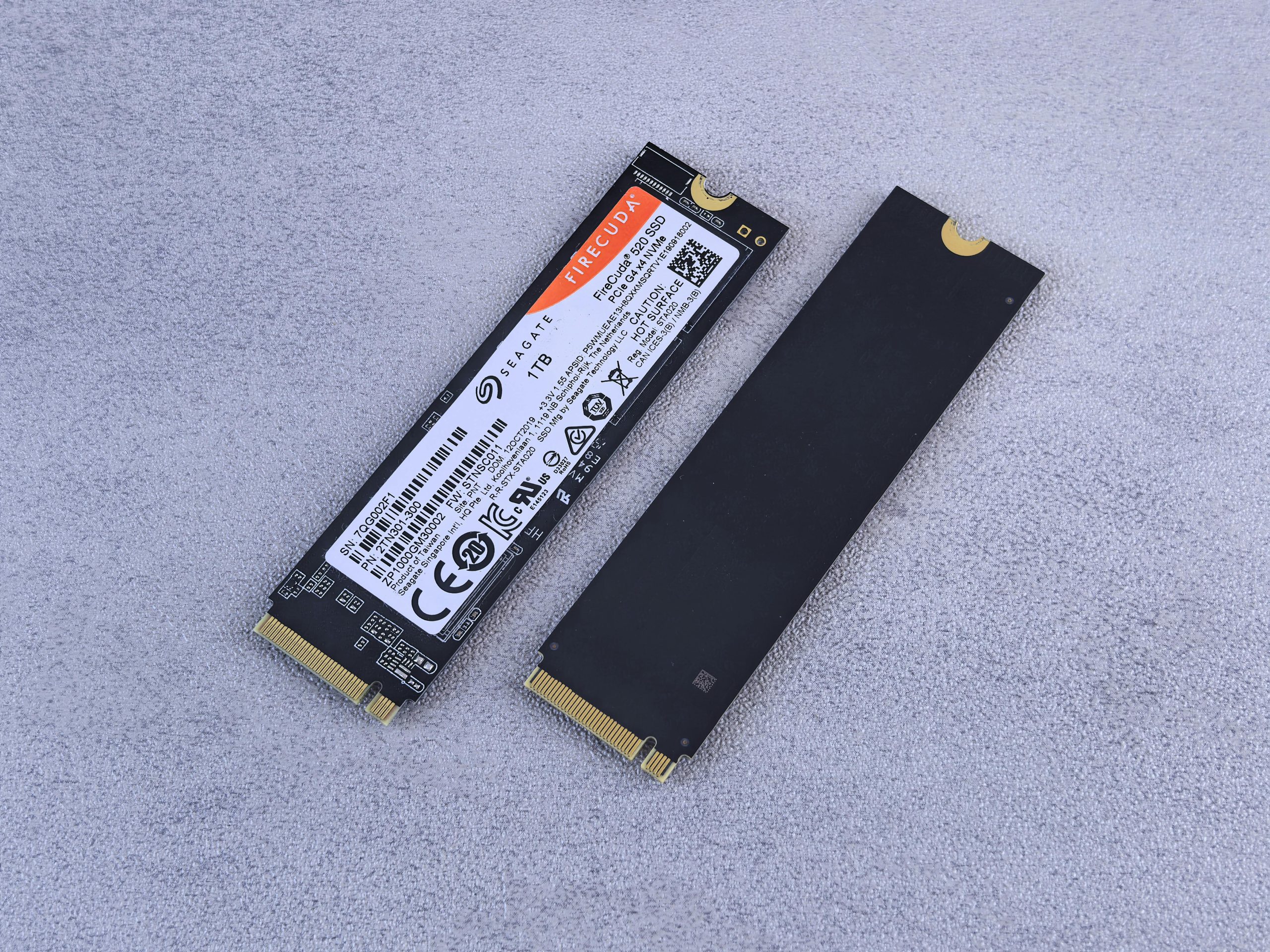Understanding the Challenges of Cloning an NVMe Drive to a SATA SSD: A Case Study
In the realm of data management and system upgrades, cloning drives is a common practice that aims to streamline transitions without the need for fresh installations. However, the process can sometimes lead to unexpected issues, especially when dealing with varying drive interfaces and capacities. This article explores a real-world scenario involving the migration from an NVMe SSD to a SATA SSD, highlighting potential pitfalls and suggesting best practices.
Scenario Overview
The user’s setup included three drives:
– System Drive: 120GB SanDisk SATA SSD
– Primary Storage: 1TB Crucial P1 NVMe SSD
– Additional Storage: 500GB Western Digital SATA HDD
The goal was to replace the NVMe drive with a new Samsung 870 EVO 1TB SSD and have the system operate seamlessly post-cloning.
Cloning Procedures and Outcomes
The user employed Clonezilla to clone the Crucial P1 NVMe to the Samsung 870 EVO. Initial success was observed: the cloning appeared successful, and the new drive booted without immediate error. Subsequently, they cloned the SanDisk SATA SSD to the NVMe drive to establish the NVMe as the primary system disk, which also seemed to work after partition resizing using Minitool Partition Wizard.
However, post-cloning experiences were problematic:
– Many applications stored on the cloned drive failed to launch or exhibited corruption.
– The Samsung Magician software failed to recognize the new SSD.
– SMART status indicated the drive was healthy, yet the system’s stability was compromised.
Potential Causes and Considerations
Several factors can contribute to issues encountered in such migration processes:
-
Cloning Compatibility and Technique
Cloning between different interfaces and drive types (NVMe to SATA) can sometimes result in incompatible partition tables or boot records. Not all cloning tools handle differences in drive architecture seamlessly. It’s essential to select a cloning approach optimized for the specific drives involved or consider clean installation with data migration. -
Drive Firmware and Compatibility
Certain SSD models, including some Samsung EVO series, have known firmware quirks. Firmware updating prior to cloning can mitigate compatibility issues. -
Partitioning and Boot Records
Manual partition resizing and boot record modifications can introduce inconsistencies. Use of reliable tools and verifying bootability after each step can help identify issues early. -
Application and File Corruption Risks
Cloning can sometimes transfer problematic data states or corrupt files,
Share this content:

